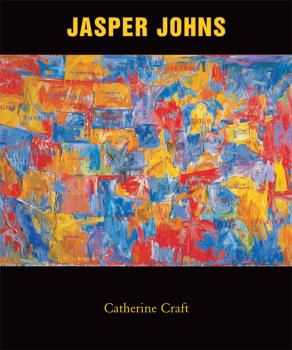ТОП просматриваемых книг сайта:
Изобразительное искусство, фотография
Различные книги в жанре Изобразительное искусство, фотография, доступные для чтения и скачиванияАннотация
Информация о книге
Автор произведения Catherine Craft
Жанр Изобразительное искусство, фотография
Серия Temporis
Аннотация
Информация о книге
Автор произведения James Smalls
Жанр Изобразительное искусство, фотография
Серия Temporis
Аннотация
Информация о книге
Автор произведения Gaston Migeon
Жанр Изобразительное искусство, фотография
Серия Temporis
Аннотация
Информация о книге
Автор произведения Vincent Arthur Smith
Жанр Изобразительное искусство, фотография
Серия Temporis
Аннотация
Информация о книге
Автор произведения Nikodim Pavlovich Kondakov
Жанр Изобразительное искусство, фотография
Серия Temporis
Аннотация
Информация о книге
Автор произведения Gerry Souter
Жанр Изобразительное искусство, фотография
Серия Temporis
Аннотация
Информация о книге
Автор произведения Edmond de Goncourt
Жанр Изобразительное искусство, фотография
Серия Temporis
Аннотация
Информация о книге
Автор произведения Edmund von Mach
Жанр Изобразительное искусство, фотография
Серия Temporis
Аннотация
Информация о книге
Автор произведения Stephan Beissel
Жанр Изобразительное искусство, фотография
Серия Temporis
Аннотация
Информация о книге
Автор произведения Hans-Jurgen Dopp
Жанр Изобразительное искусство, фотография
Серия Temporis










